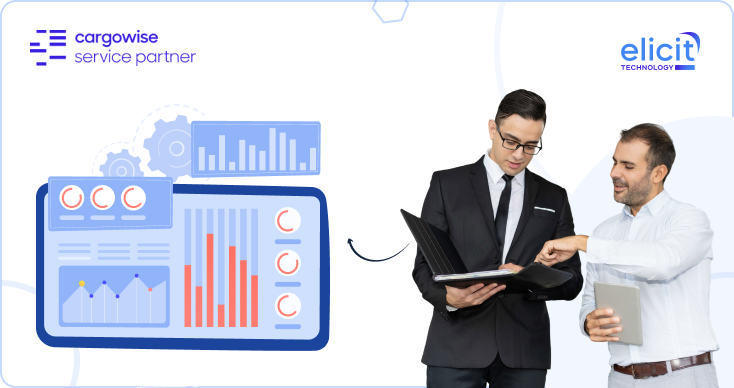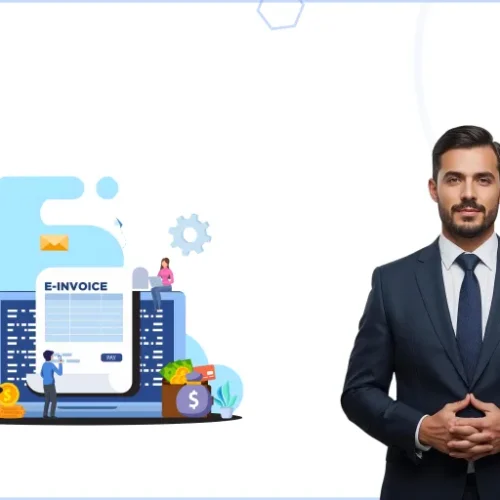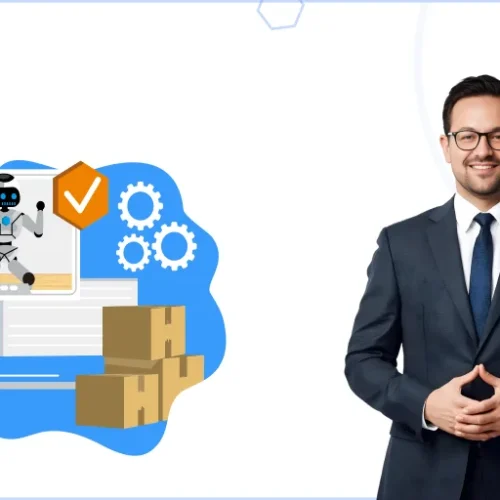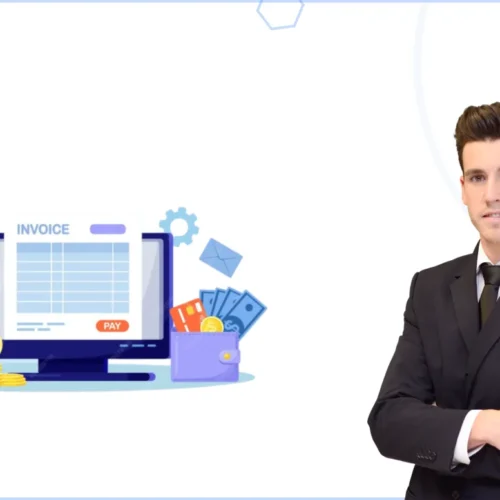As logistics businesses scale and face new challenges in global trade, the need for efficient, real-time, and connected systems becomes critical. CargoWise, one of the industry’s most robust ERP platforms, offers freight forwarders and logistics service providers the tools to streamline everything from shipment tracking to customs compliance. However, not every business is fully leveraging the system’s potential.
Many CargoWise users encounter challenges that affect productivity, slow response times, manual data entry, limited automation, and difficulty integrating with external systems. These problems are often not due to system limitations, but rather the way it’s configured and used. Let’s explore how to improve CargoWise performance through smart practices, technical refinement, and strategic planning.
1. Simplifying Workflows and Reducing Manual Intervention
Freight forwarders often operate with complex, multi-step workflows that involve repetitive manual tasks. These processes, such as job creation, document generation, and invoicing, can consume significant time if not automated properly within CargoWise.
Improving performance starts with reviewing these workflows and identifying areas where automation can replace manual effort. By using CargoWise’s workflow tools, businesses can configure rules and triggers to automate routine tasks. This includes pre-setting customer-specific documents, scheduling alerts, and generating invoices based on job milestones. Simplifying internal workflows not only improves speed but also reduces the risk of user error, helping operations move faster with greater accuracy.
2. Enhancing System Integration for Real-Time Visibility
Disconnected systems within a logistics operation, like separate tools for CRM, warehousing, and finance, can create delays, errors, and inefficiencies. When data isn’t flowing automatically between systems, teams spend time re-entering information or working from outdated records.
CargoWise supports system integration via eAdaptor and APIs, allowing businesses to create a fully connected digital ecosystem. When integrated correctly, CargoWise can exchange real-time data with external systems, ensuring accurate information across departments. This eliminates double entry, speeds up transaction processing, and offers full operational visibility, critical for making informed decisions and maintaining service consistency across regions.
3. Optimizing Data and System Configuration
As businesses grow, their CargoWise environments accumulate large volumes of data, much of which becomes outdated or redundant. A bloated system can lead to longer load times, slow search functionality, and delayed reporting.
To improve performance, it’s important to clean up old or inactive records regularly. This includes archiving closed jobs, removing obsolete rate cards, and consolidating customer records. Additionally, reviewing the system’s registry setup can help ensure key configurations are correctly aligned with current business requirements. A lean, well-maintained CargoWise environment runs more efficiently, supports faster reporting, and improves user experience system-wide.
4. Reviewing Hosting Infrastructure and Network Performance
The performance of CargoWise also depends heavily on the underlying IT infrastructure. Businesses using on-premise servers or outdated networks may experience system slowdowns, especially during peak hours or when multiple users access the platform simultaneously.
Moving to a cloud-hosted model, such as WiseCloud, can enhance system stability and response time. Cloud environments are optimized for remote access, regular patching, and scalable performance. Businesses should also evaluate their local internet speed, server load, and firewall settings to eliminate latency or connectivity issues. A stable and well-optimized hosting setup ensures consistent access to CargoWise, regardless of location or user count.
5. Strengthening User Access Controls and Roles
Another key performance factor is how user access is structured within the CargoWise platform. When users have access to more modules and data than they need, the system becomes harder to navigate and more vulnerable to configuration errors.
Establishing clear, role-based permissions not only protects sensitive data but also improves usability. When users only see the features relevant to their job roles, they can navigate the system faster and complete tasks with fewer distractions. This clarity boosts individual performance and enhances the overall efficiency of your operations team.
6. Utilizing Training and Ongoing Support
Even with a perfectly configured system, performance can lag if users don’t fully understand how to use CargoWise efficiently. Delays often occur when employees rely on workarounds, aren’t familiar with shortcuts, or skip automation features due to a lack of training.
Investing in customized training programs ensures users can navigate CargoWise confidently and efficiently. A well-trained team will take full advantage of the platform’s capabilities, from automated job creation to reporting dashboards, leading to fewer obstacles and quicker task completion. In addition, having access to experienced support resources helps troubleshoot performance issues quickly and ensures the system evolves with your business.
7. Engaging a CargoWise Implementation and Optimization Expert
For many logistics providers, the best way to improve system performance is to work with a certified CargoWise consultant. Our professionals specialize in optimizing CargoWise environments for performance, scalability, and compliance. We offer in-depth knowledge of configuration settings, automation features, and module integration.
A consultant can assess your current CargoWise setup, recommend improvements, and implement performance-enhancing changes tailored to your business needs. We can also guide you through complex upgrades, integrations, or system migrations. By having an expert review your ERP environment regularly, you can ensure your CargoWise system continues to meet business demands as they evolve.
Conclusion
CargoWise is one of the most capable ERPs for logistics and freight forwarding, but it only performs at its best when it’s properly configured, maintained, and used. Businesses that experience slow response times, inefficiencies, or underutilization are often overlooking key performance opportunities available within the platform.
By streamlining workflows, integrating systems, optimizing configurations, and investing in training and expert support, you can dramatically improve CargoWise performance. These changes not only enhance productivity but also support long-term business growth and improved customer satisfaction.






